General information about 1970's Rock.
Click the pink buttons to learn about the
fifteen different genres of 1960's Rock n' Roll.
Top Five Songs of the 1970's
1
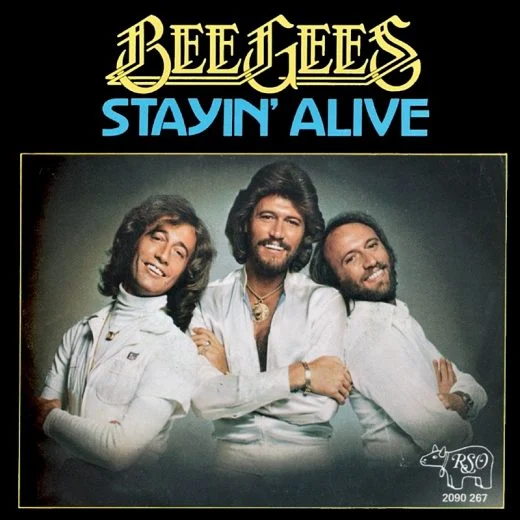
Bee Gees
Stayin’ Alive
2
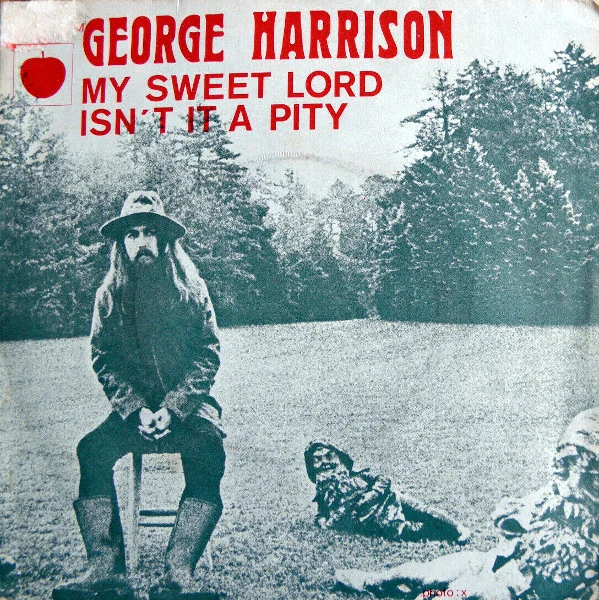
George Harrison
My Sweet Lord
3
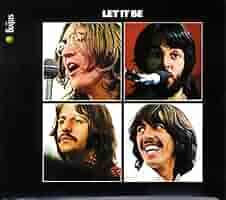
The Beatles
Let it Be
4
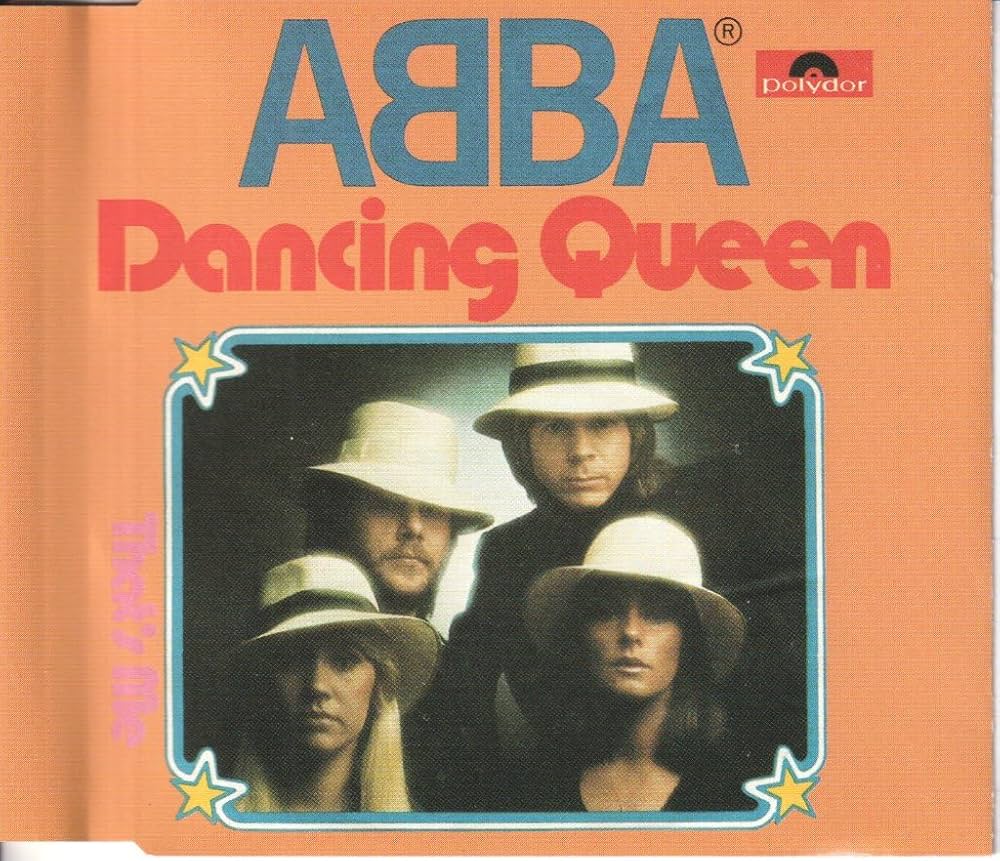
Abba
Dancing Queen
5
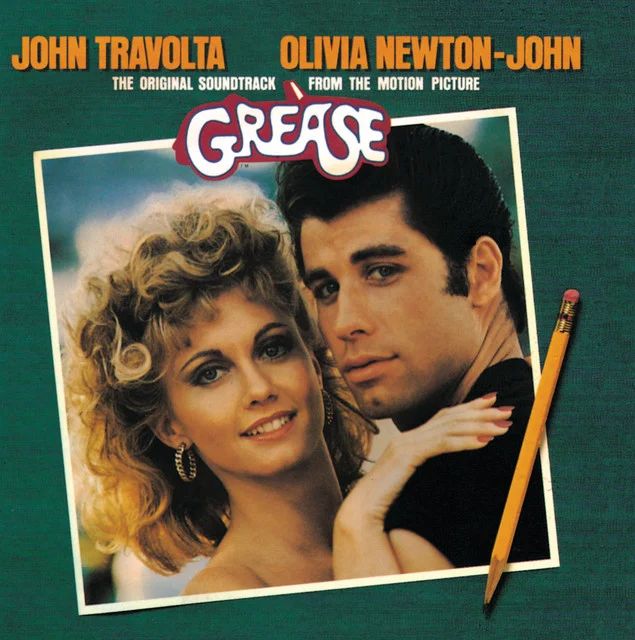
John Travolta & Olivia Newton John
You’re the One that I Want
1970's Rock Music by the Year

1970
1970 was a transformative year in rock and roll. The Beatles officially broke up, marking the end of an era, but their solo careers flourished, with Paul McCartney releasing his debut album McCartney and John Lennon’s Plastic Ono Band capturing a raw, emotional side of his artistry. Led Zeppelin’s Led Zeppelin III introduced a more folk and acoustic sound, signaling the band’s evolving style. In addition, The Who released Live at Leeds, one of the most celebrated live albums in rock history, showcasing their explosive energy. Meanwhile, Jimi Hendrix’s untimely death in September 1970 left a lasting impact on the music world, cementing his legacy as one of the greatest guitarists ever.

1971
1971 was a pivotal year in rock and roll, with several landmark releases and moments. The Rolling Stones released Sticky Fingers, featuring the iconic “Brown Sugar” and solidifying their place as one of the era’s most influential bands. Led Zeppelin’s Led Zeppelin IV was another game-changer, with tracks like “Stairway to Heaven” becoming anthems of rock music. In addition, David Bowie introduced his alter ego, Ziggy Stardust, setting the stage for his rise in glam rock with the release of Hunky Dory. The year also saw the debut of the groundbreaking The Yes Album by Yes, which helped define the progressive rock genre. Meanwhile, singer-songwriters like Carole King with Tapestry and James Taylor with Mud Slide Slim and the Blue Horizon brought a softer, more introspective edge to rock music.
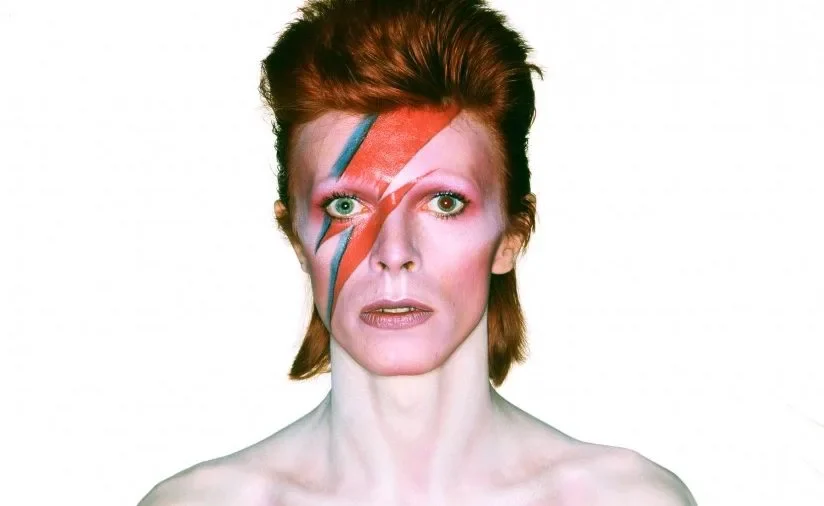
1972
1972 was a year full of influential moments in rock and roll, with numerous iconic releases and performances. The Rolling Stones released Exile on Main St., a gritty and raw double album that has since become one of their most revered works. David Bowie’s The Rise and Fall of Ziggy Stardust and the Spiders from Mars solidified his status as a cultural and musical innovator, blending glam rock with theatrical storytelling. The album Close to the Edge by Yes was a high point for progressive rock, showcasing the band’s intricate musicianship. Meanwhile, the debut album Transformer by Lou Reed, which included the classic “Walk on the Wild Side,” became a cultural touchstone, blending rock with themes of sexuality and societal outcasts. Additionally, the era saw the rise of new voices like Alice Cooper, whose School’s Out became a rebellious anthem for generations of rock fans.

1973
1973 was a year of both innovation and transition in rock and roll. Pink Floyd released The Dark Side of the Moon, an album that would become one of the best-selling albums of all time, blending progressive rock with experimental sounds and deep philosophical themes. The Rolling Stones followed up their success with Goats Head Soup, which featured the hit “Angie” and showed their continued dominance in the rock world. David Bowie released Aladdin Sane, which continued his exploration of glam rock while incorporating elements of jazz and avant-garde music. In addition, Lou Reed’s Berlin showcased a darker, more ambitious sound, focusing on complex and tragic storytelling. Meanwhile, the rise of the singer-songwriter era was solidified with albums like Goodbye Yellow Brick Road by Elton John, which blended rock with pop and became one of his most iconic works.
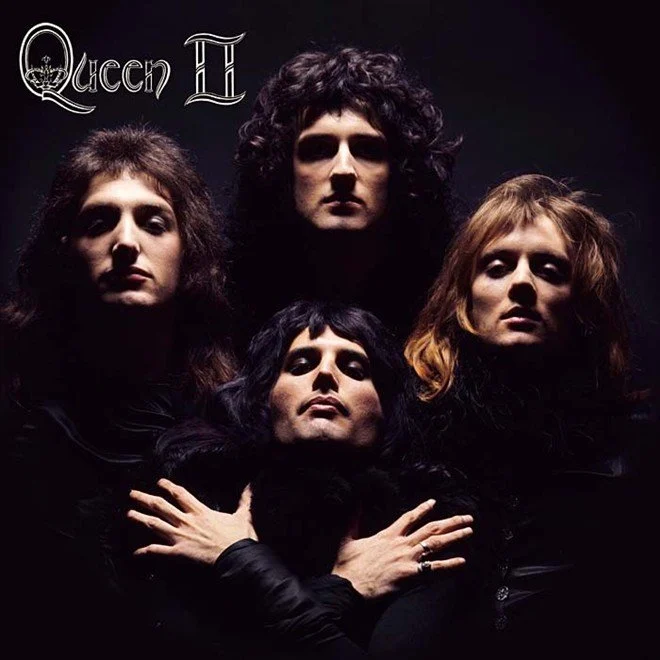
1974
1974 was a year of notable shifts in rock and roll, with artists experimenting with new sounds and concepts. The band Queen released Queen II, establishing their unique blend of hard rock and theatrical elements, which would define their career. David Bowie continued his musical evolution with Diamond Dogs, a concept album that incorporated dystopian themes and glam rock, while also exploring funk and soul influences. The progressive rock scene also flourished, with Genesis releasing The Lamb Lies Down on Broadway, an ambitious double album that showcased the band’s storytelling prowess. Meanwhile, in the world of glam rock, Gary Glitter’s rise continued with the release of Remember Me This Way, featuring his signature upbeat sound. Additionally, the year marked the debut of the supergroup, The Band, with their album Moondog Matinee, proving their enduring influence in the rock genre.

1975
1975 was a significant year in rock and roll, with several influential albums and performances shaping the landscape. Bruce Springsteen released Born to Run, an album that would define his career and establish him as one of rock’s greatest storytellers, featuring the iconic title track and “Thunder Road.” Queen’s A Night at the Opera marked a breakthrough for the band, with the epic “Bohemian Rhapsody” becoming a massive hit and solidifying their place in rock history. Led Zeppelin released Physical Graffiti, a double album that showcased the band’s musical diversity and experimentation, featuring classics like “Kashmir” and “Trampled Under Foot.” Meanwhile, Fleetwood Mac released Fleetwood Mac, their first album with Stevie Nicks and Lindsey Buckingham, setting the stage for their legendary sound. 1975 also saw the rise of punk rock, with bands like The Ramones beginning to make their mark with a raw, high-energy sound that would influence the next decade of rock music.

1976
1976 was a year of major transformations and enduring albums in rock and roll. The punk rock movement gained further traction, with the release of the Ramones’ Ramones and the Sex Pistols beginning to stir up controversy, marking the rise of a raw, rebellious sound that would define the late ’70s. Boston’s self-titled debut album exploded onto the scene, featuring polished, radio-friendly rock hits like “More Than a Feeling,” which helped shape arena rock for years to come. Led Zeppelin released The Song Remains the Same, a live album that captured the band’s legendary performances and showcased their monumental influence on rock music. The Eagles’ Hotel California became one of the biggest albums of the year, with the title track becoming a classic and solidifying their place as icons of American rock. Meanwhile, Peter Frampton’s Frampton Comes Alive! became one of the best-selling live albums of all time, with tracks like “Show Me the Way” and “Baby, I Love Your Way” gaining massive popularity.

1977
1977 was a pivotal year in rock and roll, marked by groundbreaking releases and the rise of new genres. The emergence of punk rock reached its peak with the release of Never Mind the Bollocks, Here’s the Sex Pistols, a furious, rebellious album that became a defining moment for the genre. In contrast, the disco influence began to seep into rock, with the Bee Gees’ Saturday Night Fever soundtrack dominating the charts, blending pop, rock, and dance music in a way that influenced many artists. David Bowie’s Low was another key release, marking the start of his “Berlin Trilogy” and showcasing his move towards electronic and ambient music. The Clash released The Clash in the U.S., a raw, politically charged album that would become a cornerstone of punk rock. Additionally, Fleetwood Mac’s Rumours became one of the best-selling albums of all time, with tracks like “Go Your Own Way” and “Dreams” defining the band’s signature sound and solidifying their place in rock history.

1978
1978 was a year of continued evolution and significant releases in rock and roll. The punk rock movement continued to thrive, with the release of Some Girls by The Rolling Stones, which blended punk, disco, and rock influences, and featured the hit “Miss You.” The Talking Heads released More Songs About Buildings and Food, marking their transition into the new wave genre with a unique blend of art rock and funky rhythms. Van Halen released their iconic debut album, Van Halen, which would become a milestone in hard rock, showcasing Eddie Van Halen’s revolutionary guitar playing and setting the band on a path to superstardom. Bob Dylan’s Street-Legal was another key album, showcasing a more polished sound and a shift towards a more electric and soul-influenced direction. Meanwhile, the punk scene saw a rise in bands like The Dead Boys, and Blondie’s Parallel Lines helped push new wave into the mainstream, with hits like “Heart of Glass” blending rock and disco.
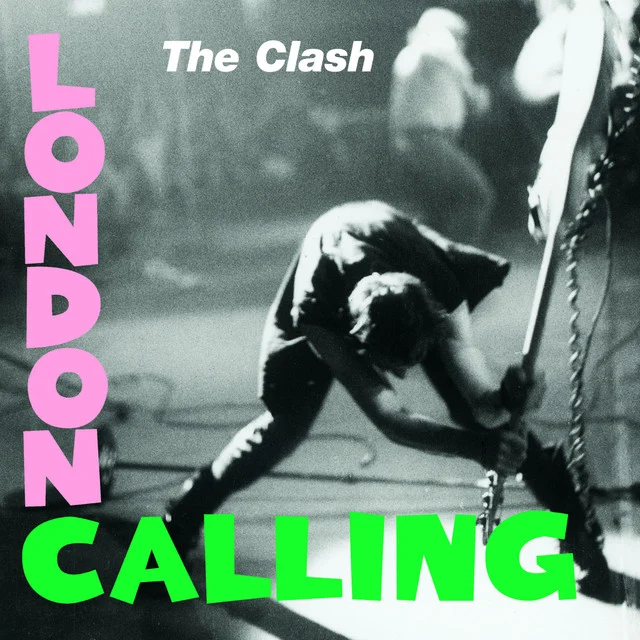
1979
1979 was a year of both transitions and musical innovations in rock and roll. The rise of new wave continued with albums like London Calling by The Clash, which blended punk rock with reggae, ska, and rockabilly, and is now considered one of the greatest albums of all time. The Police released Reggatta de Blanc, featuring hits like “Message in a Bottle,” which combined reggae and rock, helping to establish the band’s unique sound. Pink Floyd’s The Wall was another monumental release, a double album that explored themes of isolation and alienation, becoming one of the best-selling albums of all time. Fleetwood Mac’s Tusk, a follow-up to Rumours, showed a more experimental and ambitious side of the band, moving away from the polished pop-rock sound of their previous album. Meanwhile, the glam rock scene was still going strong, with artists like David Bowie continuing to influence the evolving music landscape.
Top Twenty Recording Artists: 1970's
1: Elton John
2: The Rolling Stones
3: Pink Floyd
4: Abba
5: Led Zeppelin
6: Bee Gees
7: Wings
8: David Bowie
9: Bob Dylan
10: Rod Stewart
11: Elvis Presley
12: The Beatles
13: Deep Purple
14: Santana
15: Eagles
16: Neil Diamond
17: Neil Young
18: John Lennon
19: Cat Stevens
20: Queen